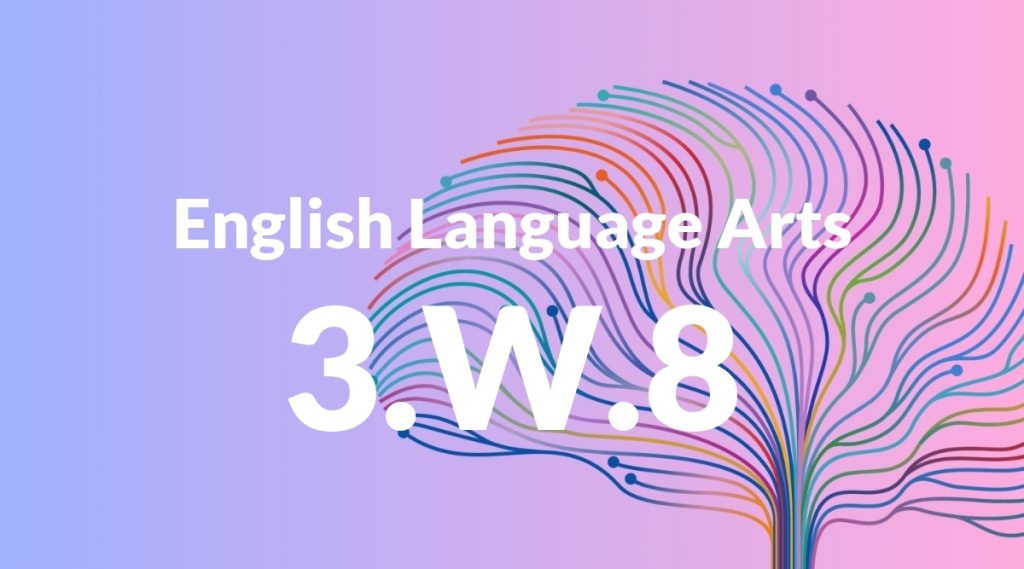Standard: 3.W.8 – Recall information from experiences or gather information from print and digital sources; take brief notes on sources and sort evidence into provided categories.
Grade level: Grade 3
Subject: English Language Arts
Domain: Writing
Teacher Overview
This standard focuses on helping students learn how to recall and gather information from various sources, take brief notes, and organize evidence into categories. This skill is crucial for developing research and writing abilities, which are essential for academic success. Students should have basic reading comprehension skills and some experience with note-taking. Ensure they understand how to identify main ideas and supporting details in texts.
Students will be able to synthesize information from multiple sources, create detailed and organized notes, and use gathered evidence to support their arguments in writing.
Common Misconception 1
A common misconception is that students believe they must remember all the information they read without taking notes. This can lead to information overload and difficulty recalling details.
Intervention 1
Introduce structured note-taking methods, such as using graphic organizers or Cornell notes, to help students capture and organize key information effectively.
Common Misconception 2
Another misconception is that students may think all information they gather is equally important. This can result in difficulty distinguishing between relevant and irrelevant details.
Intervention 2
Teach students to critically evaluate sources and information, emphasizing the importance of relevance and reliability. Use exercises that involve sorting information into categories based on its significance to the topic.
Prerequisite Knowledge
Students should be familiar with basic reading comprehension skills, such as identifying main ideas and supporting details, and have experience with simple note-taking strategies.
Subsequent Knowledge
After mastering this standard, students will develop the ability to synthesize information from multiple sources, create more detailed and organized notes, and use their gathered evidence to support arguments in their writing.
Instructional Activities
- Conduct a mini-research project on a chosen topic, using both print and digital sources.
- Practice note-taking with a variety of texts, focusing on identifying key information.
- Use graphic organizers to sort and categorize gathered evidence.
- Engage in group activities where students share and compare their notes on the same topic.
- Create a presentation or report based on the gathered and organized information.




